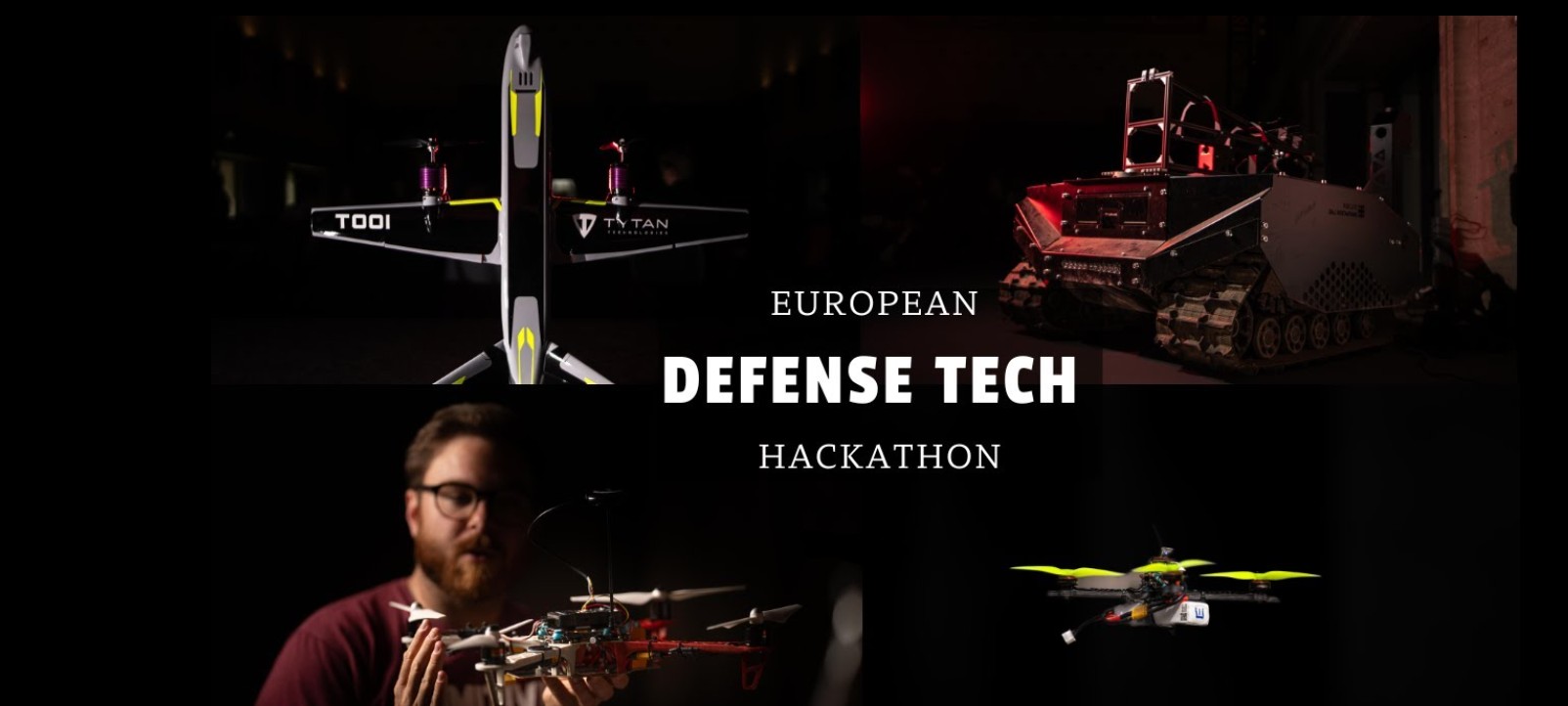Global Drone Industry 2025 - Optimism Amid Regulatory and Funding Challenges

The global drone sector is maturing — and maturing fast. The Global State of Drones 2025 report from Drone Industry Insights (DII) offers a revealing snapshot of how drone professionals around the world view the opportunities and challenges shaping the future of uncrewed aerial systems (UAS).
Based on direct feedback from 768 respondents across 87 countries, the study shows an industry that remains confident about its trajectory, even amid persistent regulatory and financial obstacles. The findings shed light on where drone technology is delivering the most value, what barriers are slowing wider adoption, and how expectations are evolving across hardware, software, and service segments.
Mapping and Inspections Lead Drone Applications
According to the survey, the top uses for drones in 2025 remain remarkably consistent with prior years — but with growing specialization and sophistication.
The leading applications are:
- Mapping and Surveying (35%)
- Inspections (26%)
- Photography and Filming (18%)
- Delivery (7%) / Spraying and Dispensing (7%)
- Localization and Tracking (5%)
Mapping and surveying continue to dominate, largely due to the precision and efficiency drones bring to construction, mining, and energy sectors. Inspection tasks — from power lines and solar panels to offshore wind turbines — have also gained traction as enterprises look to cut costs, reduce downtime, and minimize human risk.
Drone delivery, while still a relatively small share of total operations, has matured into a tangible business model in several countries. Meanwhile, agricultural spraying, wildlife tracking, and emergency response represent fast-emerging niches driven by new payload technologies and improved automation.
Efficiency and Safety Drive Adoption
The report highlights four main reasons for adopting drone technologies:
- Saving Time
- Improving Quality
- Improving Work Safety
- Reducing Costs
These priorities underscore the drone sector’s alignment with global business needs: automation, efficiency, and sustainability. By replacing manual labor in hazardous environments or covering vast areas in record time, drones deliver measurable ROI across industries.
For example, infrastructure inspections that once required scaffolding or helicopters can now be completed in hours using a small UAV fleet. Similarly, agriculture operators use drones to monitor crop health, optimize fertilizer use, and prevent water waste — all while lowering operational costs.
The Obstacles: Regulations and Funding
Despite strong momentum, the path to full-scale adoption remains uneven.
According to the survey, the biggest challenges facing the drone industry are:
- Regulatory Obstacles – including certification processes and flight restrictions such as BVLOS (Beyond Visual Line of Sight) and nighttime operations.
- Client Acquisition – difficulties in finding and retaining clients in a still-fragmented market.
- Access to Funding – limited venture capital and slow public investment in scaling drone operations.
Regulatory barriers remain a global concern. In many regions, inconsistent or unclear frameworks prevent companies from scaling commercial operations. Beyond Visual Line of Sight permissions, in particular, remain a bottleneck for applications like long-range inspections, logistics, and public safety.
Access to funding also limits innovation, especially for startups in emerging markets. While venture interest in drone technology has grown, the survey indicates that many companies struggle to secure the investment needed to transition from prototype to production scale.
Improving Market Confidence
Despite these challenges, the 2025 report points to an encouraging trend: industry optimism is rising.
DII notes that “expectations and perceived reality have steadily improved,” suggesting that drone professionals see tangible progress in technology, regulation, and business models. Particularly, the drone software sector showed both growth and rising expectations for the next 12 months.
Conversely, integration and engineering firms — those responsible for merging drone systems into existing workflows — reported declining expectations, possibly reflecting slower procurement cycles and the complexity of adapting drone tech into established industries.
Still, the general sentiment remains upbeat. As AI, sensor fusion, and automation evolve, drones are becoming indispensable tools rather than experimental novelties.
A Sector Ready for Scale
The Global State of Drones 2025 report paints a picture of an industry on the cusp of large-scale transformation.
Key takeaways include:
- The global drone market is expanding beyond early adopters into mainstream infrastructure, agriculture, and logistics.
- Regulatory harmonization and BVLOS approval remain pivotal to unlocking next-level growth.
- Software innovation — particularly in data analytics and fleet management — is the key enabler of future scalability.
- Investment interest is slowly recovering, signaling renewed confidence in drone technology’s commercial viability.
As the decade progresses, the drone sector is expected to transition from isolated use cases to fully integrated airspace ecosystems — blending drones, AI, and data into the core of modern infrastructure.
For the companies that can navigate the remaining challenges, the future of uncrewed systems is not just promising — it’s inevitable.


.png)

.jpg)
